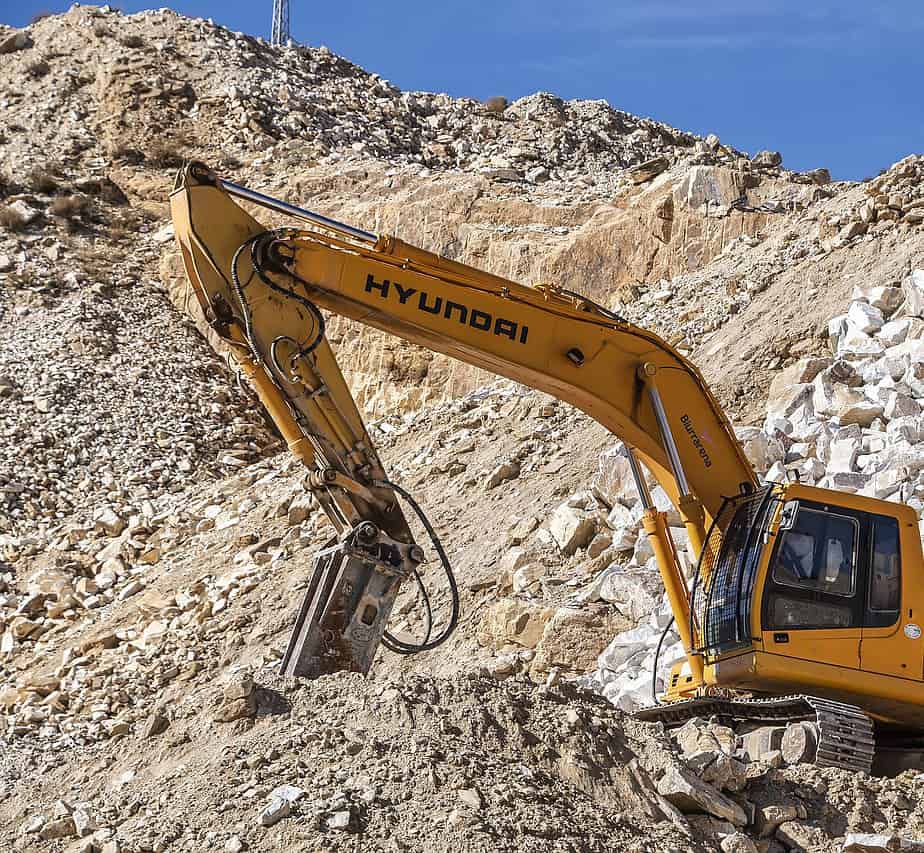
Introduction
Farm dams are essential water storage structures for agricultural operations, providing a reliable supply of water for irrigation, livestock, and domestic needs. Constructing a farm dam on sloping terrain presents unique challenges that require careful planning, design, and attention to stability. In this blog post, we will explore the key considerations and best practices for designing and ensuring the stability of farm dams built on sloping terrain. By following these guidelines, farmers can optimize water storage capacity and reduce the risk of dam failure, ensuring the long-term success of their agricultural endeavours.
Site Selection and Assessment
The first step in constructing a farm dam on sloping terrain is selecting an appropriate site. Careful assessment of the landscape is crucial to identify the ideal location that maximizes water catchment while ensuring the structural stability of the dam. Consider the following factors during site selection:
a. Topography: Analyse the topography of the terrain to determine the slope and natural flow of water. Avoid building the dam on excessively steep slopes, as it may compromise stability and increase the risk of erosion.
b. Soil Type: Conduct soil tests to assess the soil type and its compaction characteristics. The soil should have adequate clay content to ensure impermeability and prevent water seepage through the dam.
c. Hydrology: Study the local rainfall patterns, surface runoff, and water sources to estimate the water inflow into the dam. Understanding the hydrological conditions is essential for proper dam sizing and capacity planning.
Designing the Dam Structure
The design of a farm dam on sloping terrain must account for the specific challenges posed by the landscape. The following design considerations are crucial for ensuring stability:
a. Cut and Fill: Depending on the site’s topography, the dam may require cut and fill operations to level the area where the dam will be constructed. This process helps balance the slopes, ensuring a stable foundation for the dam structure.
b. Spillway Design: A spillway is a critical safety feature that allows excess water to flow out of the dam during heavy rainfall or flooding, preventing overtopping and potential dam failure. The spillway’s size and capacity should be carefully calculated based on the estimated peak flow rate.
c. Embankment Design: The embankment, or dam wall, must be designed to withstand the hydrostatic pressure exerted by the stored water. Sloping terrain dams may require reinforced walls or specialized construction techniques to ensure stability.
d. Seepage Control: To prevent water from seeping through the dam and causing erosion, an impermeable core and protective filters should be incorporated into the design. Adequate compaction and proper materials selection are essential to achieve effective seepage control.
Construction Techniques and Materials
The construction process plays a crucial role in the stability and longevity of the farm dam. Implementing the right techniques and using appropriate materials are essential to ensure a durable structure:
a. Compaction: Proper compaction of the dam materials, especially the clay core, is essential to reduce permeability and enhance stability. Compaction should be carried out in layers, with each layer tested for density before proceeding to the next.
b. Filter Materials: Installing appropriate filter materials, such as graded gravels and geotextiles, helps prevent erosion and seepage through the dam body. Filters also allow for effective drainage, further enhancing dam stability.
c. Vegetation and Erosion Control: Vegetation should be established on the dam’s embankment to stabilize the soil and prevent erosion. Grasses, shrubs, and other suitable vegetation can be planted to reinforce the dam’s slopes.
d. Inspection and Quality Control: Regular inspections during construction are vital to identify any potential issues early on and make necessary adjustments. Quality control measures ensure that construction adheres to the design specifications.
Monitoring and Maintenance
Even a well-designed and constructed dam requires regular monitoring and maintenance to ensure its stability over time. Key points to consider for monitoring and maintenance include:
a. Water Level Monitoring: Keep track of the water level in the dam to avoid overfilling, which could lead to structural instability. Monitoring the water level also aids in assessing water usage and planning for future needs.
b. Erosion and Vegetation Management: Regularly inspect the dam’s embankment for signs of erosion or vegetation issues. Address erosion promptly by stabilizing the affected areas and maintaining healthy vegetation cover.
c. Spillway Inspection: Inspect the spillway regularly to ensure it remains unobstructed and can function effectively during heavy rainfall events.
d. Sediment Removal: Over time, sediment may accumulate in the dam, reducing its storage capacity. Periodically remove sediment to maintain the dam’s efficiency.
Conclusion
Constructing a farm dam on sloping terrain requires careful planning, proper design, and diligent implementation to ensure stability and long-term functionality. By selecting an appropriate site, employing effective design principles, using suitable construction techniques and materials, and implementing regular monitoring and maintenance practices, farmers can confidently create reliable water storage systems that support their agricultural operations. A stable and well-designed farm dam not only enhances water security but also contributes to the overall sustainability and success of the farm.

Pingback: Earth Dam Geology: Site Selection And Assessment | Big Ditch Dam Building Company
Pingback: Farm Dam Vegetation Management: Balancing Ecosystems and Infrastructure | Big Ditch Dam Building Company